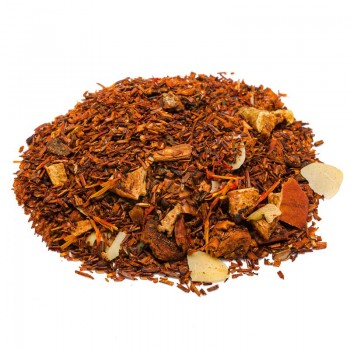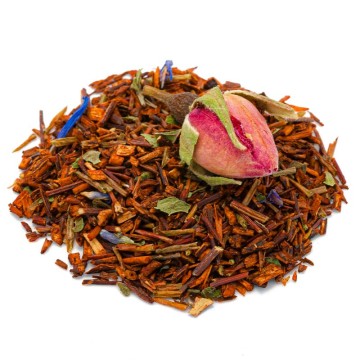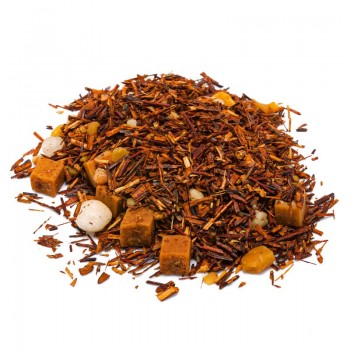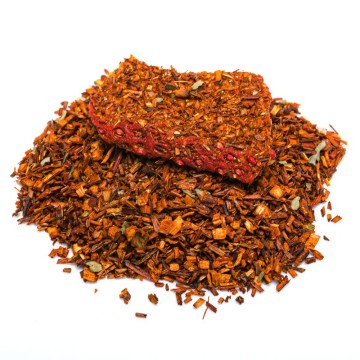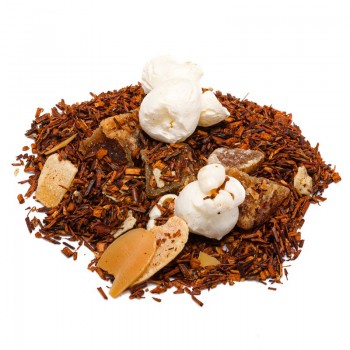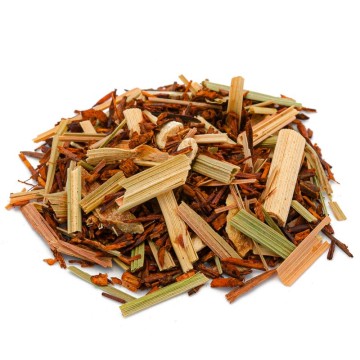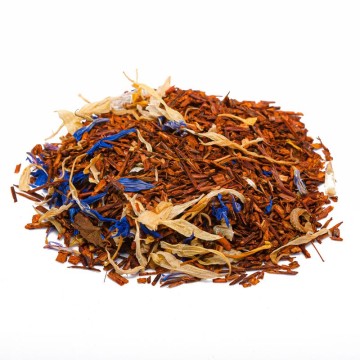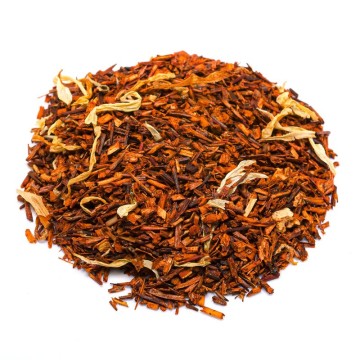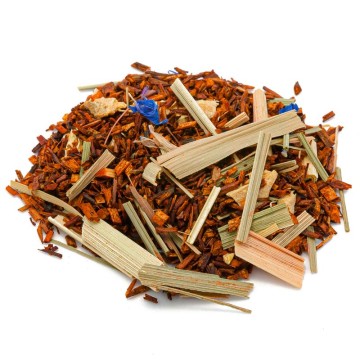Rooibos is also commonly known as African red tea, in reality even if the drink is prepared and consumed in a similar way and the flavor is not very different it is not correct to call it tea, because the definition of tea is "drink originating from Chinese culture obtained from the Camellia sinensis plant" (by the way sinensis actually means Chinese).
How Rooibos tea is obtained
It is therefore an infusion obtained from another plant originating from the Cederberg region in South Africa. The scientific name of the plant is Aspalathus linearis and it belongs to the Fabaceae family, subfamily Faboideae, therefore it is in the same subfamily as beans, peas, soybeans and licorice. The name rooibos, which indicates both the plant and the derived product, is instead Afrikaans (a dialect derived from the Dutch spoken by Dutch colonists in South Africa and by the people they enslaved) and means "red shrub (or bush), in reality the leaves of Aspalathus linearis are green, the red color that we then find in rooibos is due to oxidation during the fermentation process. Rooibos is obtained from the leaves left to ferment and then dried that are chopped, the preparation of the drink is similar to that of tea, rooibos however is left to infuse for longer, even 10 minutes. The leaves have an elongated shape (that's why the adjective linearis in the scientific name) and as we were saying they are green, in fact there is another method to obtain rooibos that does not go through the fermentation from which green rooibos is obtained, which however is much less widespread.
Rooibos from the origins to the present day
Unlike tea, the history of rooibos as a drink is probably more recent, in all likelihood it is not a drink invented by Africans but seems to have been born with colonization, probably due to the difficulty of obtaining tea. This does not mean that the natives most likely already knew the beneficial properties of the rooibos plant, they simply did not use it as a drink to be consumed for pleasure, you will probably find other sources that say that local populations have been using the drink for centuries, but in reality the fact that there is no word in the languages of the local pre-colonial ethnic groups to indicate it and the infusion is known only by its name in the Afrikaans language cuts to the chase.
Today, however, African red "tea" is increasingly becoming a healthy alternative to tea because it does not contain theine. Furthermore, having a low level of tannins, it is also naturally sweet and therefore pleasant to taste natural without being sweetened. This does not mean that it cannot be further sweetened or corrected, in South Africa where it is still considered the national drink, it is usually sweetened with sugar (or honey) and/or corrected with lemon or milk. But what about the taste? The rooibos one is defined as earthy and reminiscent of tobacco and maté, the green rooibos one is instead more “fresh”, just like what happens with black tea and green tea.

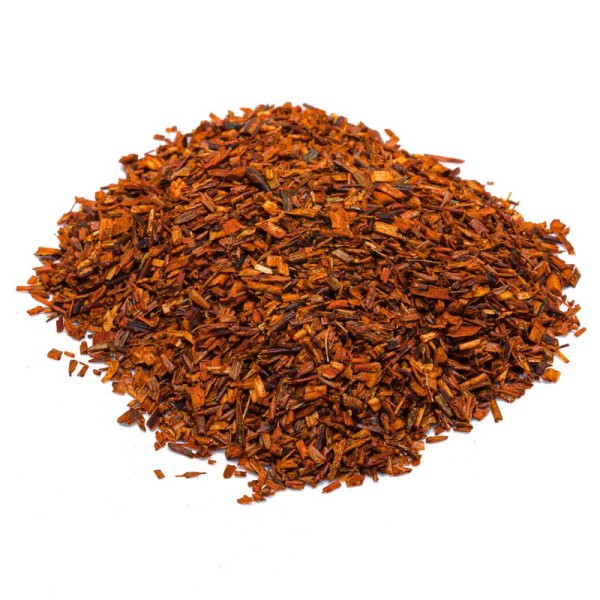









 No reward points for this product.
No reward points for this product.
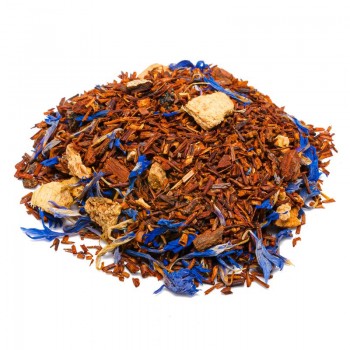
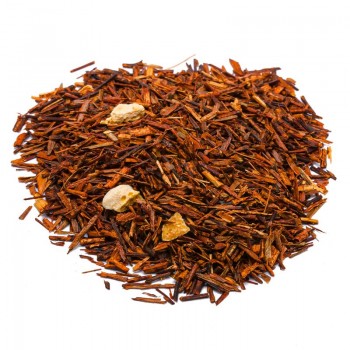
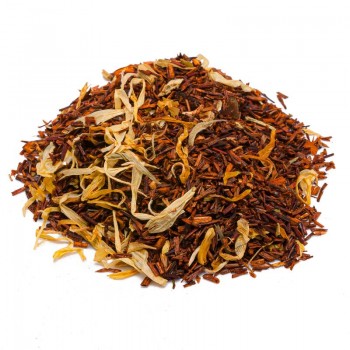
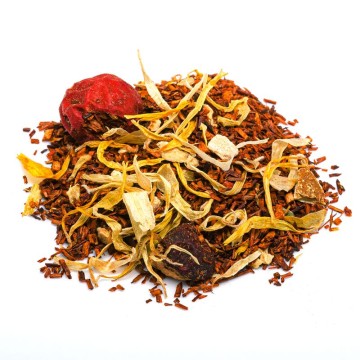
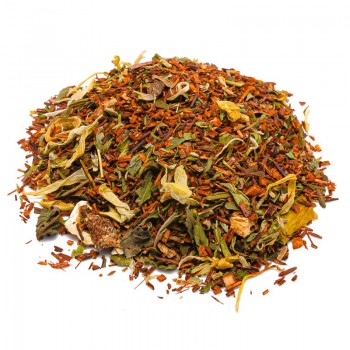

![rooibos cioccolata calda [Natura d'Oriente]](https://www.naturadoriente.com/3513-home_default/rooibos-hot-chocolate.jpg)
